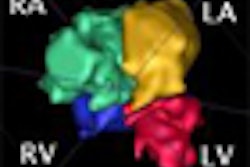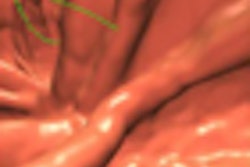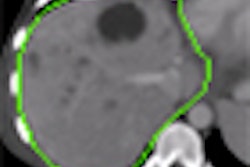Thursday, December 3 | 10:30 a.m.-10:40 a.m. | SSQ04-01 | Room S404CD
A Dutch research team will report on its study in which three institutions performed comparably in using computer-aided detection (CAD) software for finding acute pulmonary embolism (PE) -- however, the group also noted that image quality affected false-positive results.Because all previous studies evaluating CAD's performance for acute PE have been single-center studies, the group sought to assess the performance of a prototype CAD software application using 240 pulmonary CT angiography studies from three institutions, according to presenter Dr. Rianne Wittenberg of Academic Medical Center in Amsterdam, Netherlands.
The three institutions used 64-slice CT scanners from different vendors and obtained studies with their own protocols. The CAD software identified candidate lesions, which were classified as true positive or false positive by independent evaluation from two readers. A third chest radiologist was consulted in discordant cases, according to the researchers.
All three sites had sensitivity greater than 85%, with a median number of false-positive calls of two, three, and three, respectively. While the standalone performance of CAD was comparable in all three institutions, the researchers also found a significant correlation between image quality and the number of false-positive results.
"Optimization of the protocol with respect to intravascular contrast and image noise appears therefore advisable if CAD is aimed to be used at its optimal capacity," Wittenberg said.




















